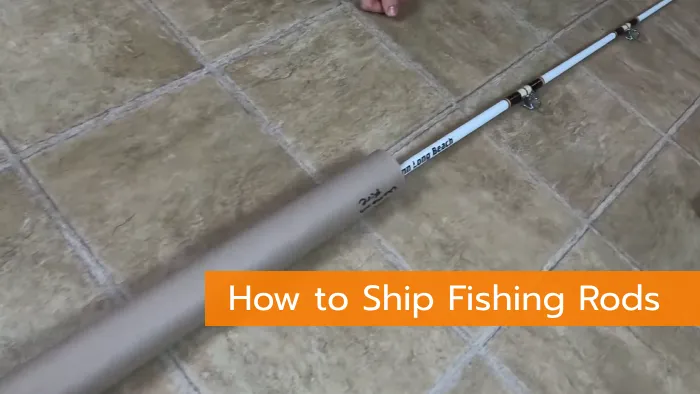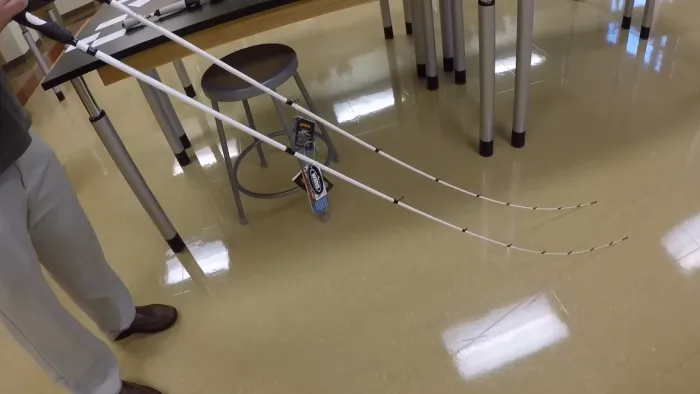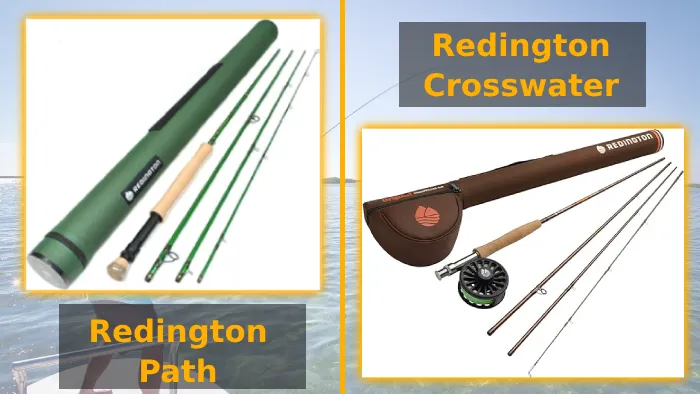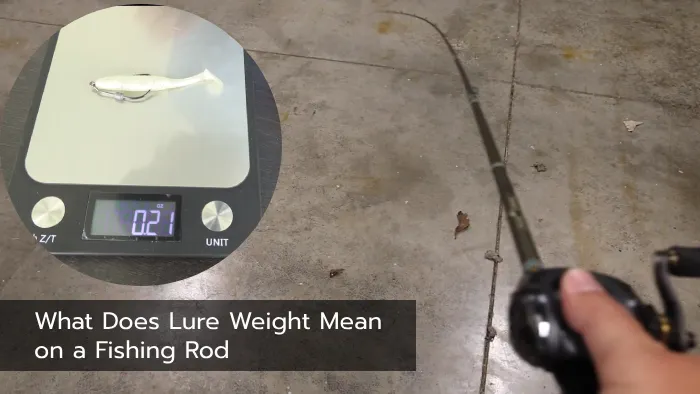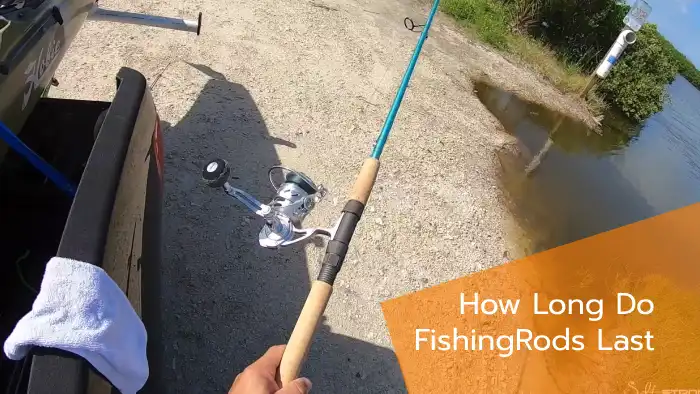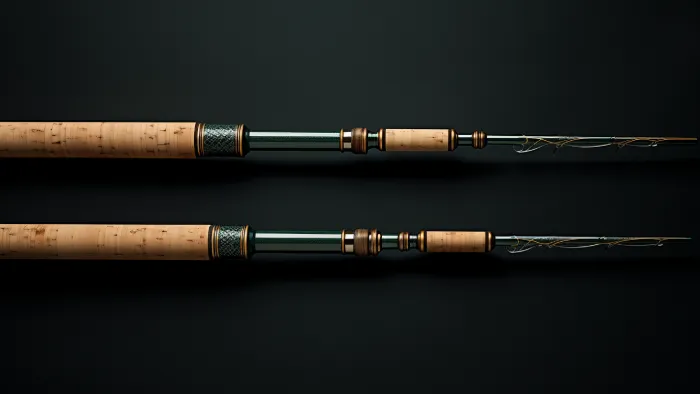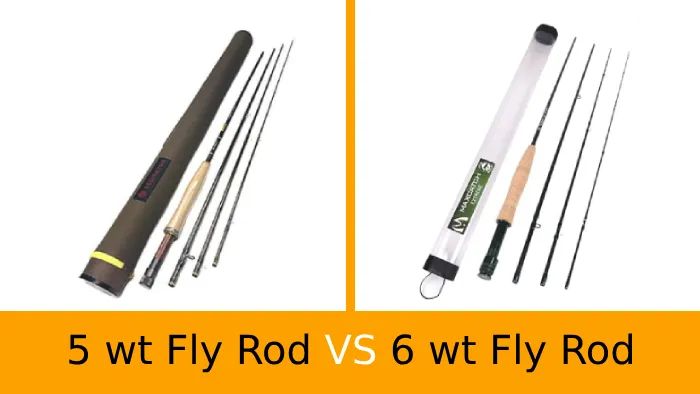How to Ship Fishing Rods: 8 Steps to Follow
Shipping your valuable fishing rods to your desired destination may seem like a daunting task, but it’s easy when you follow some simple steps.
The process involves measuring your fishing rods to select the right packaging. You need to wrap each fishing rod individually with protective bubble wrap and brown paper follows.
Carefully place your wrapped rods inside your packaging, ensuring they are securely held to prevent any movement during shipping.
Seal the packaging tightly using a robust “H” sealing method. You may then arrange for a pick-up by a courier service or drop the package off at a shipping center.
We will discuss all the steps involved in fishing rods for ships in detail, so that you will be able to do it correctly.
How to Ship Fishing Rods: Step-By-Step Procedure
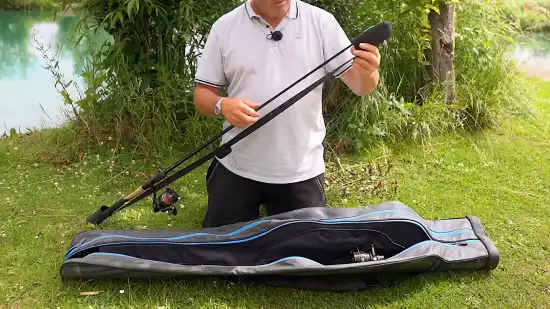
In the process of shipping fishing rods, there are several important steps to follow. In brief, they are:
- Step 1: Gather your materials
- Step 2: Measure and select the packaging
- Step 3: Wrap the fishing Rod(s)
- Step 4: Prepare the packaging
- Step 5: Place the Rod(s) In the packaging
- Step 6: Seal the packaging
- Step 7: Label the package
- Step 8: Drop-off or arrange pick-up
Now, check out each step in detail to ensure that your fishing rods are shipped successfully.
Step 1: Gather Your Materials
Make sure you’ve got all the necessary materials and tools at hand for shipping your fishing rods.
You’ll need measuring tools to determine the dimensions of your fishing rods accurately. This will help you choose the right packaging materials.
Also, grab some bubble wrap to protect the delicate parts of your rods, such as the guides and reel seats. Take some brown paper for an extra layer of protection.
Then, find a shipping box or PVC tubing that can safely encase your rods. Secure the package with packaging tape, making sure it’s sealed tightly.
Step 2: Measure and Select the Packaging
To ensure proper protection, measure the length of your rods and select the appropriate packaging option.
For one-piece rods, PVC tubing is the best choice. Its sturdy construction will keep your rod safe during shipping. Measure the length of your rod and select a PVC tube that matches or slightly exceeds the measurement.
If you have a two-piece rod, PVC tubing can still be used by cutting it into smaller sections. Make sure to measure each section individually to ensure a proper fit.
If you prefer an alternative to PVC tubing, you can consider using poster tubes or specialized rod cases. However, be aware that these options may require more careful packaging to prevent damage during transit.
Step 3: Wrap the Fishing Rod(s)
Start by collapsing the rods carefully, ensuring not to apply excessive pressure that could potentially damage them.
Once collapsed, wrap each rod individually with bubble wrap, focusing on protecting the delicate eyes and tip.
Make sure to secure the bubble wrap in place with packaging tape, ensuring that it is tightly wrapped around the rod to provide maximum protection.
Once wrapped, you can further safeguard the rods by covering them with brown paper. This additional protection layer will help prevent accidental scratches or dents during shipping.
Step 4: Prepare the Packaging
Line the bottom of the chosen packaging with cushioning materials like packing peanuts or foam to provide added protection.
Start by placing a layer of packing peanuts or foam at the bottom of the packaging, creating a soft and secure base for the rod. Make sure to distribute the cushioning materials evenly, ensuring no gaps or spaces are left. This will help absorb any impact or shock that the package may experience during transit.
Once the bottom is lined, you can move on to the next step of securing the fishing rod in place and adding additional cushioning to the sides and top of the packaging.
Step 5: Place the Rod(s) In the Packaging
Now, carefully position the wrapped rod(s) on top of the cushioning material in the packaging, ensuring they are securely held in place. This step is crucial to protect your fishing rods during shipment.
The cushioning material acts as a buffer, absorbing any shocks or impacts that may occur during transit. Ensure that the rods are laid flat and parallel to each other, with enough space between them to avoid contact.
Once the rods are placed, add more packing material around and on top of them. This will provide additional support and prevent any movement within the packaging. You can use bubble wrap or foam padding to fill gaps and ensure a snug fit.
Step 6: Seal the Packaging

Now that the fishing rods are securely in place, it’s time to seal the packaging to ensure they stay protected during transit.
To do this, apply packaging tape in an ‘H’ sealing method. This means placing a strip of tape horizontally across the center of the package and then vertically across the center, forming an ‘H’ shape. Apply the tape securely, pressing it firmly onto the packaging.
To ensure maximum protection, applying tape in multiple directions is recommended, crisscrossing the package with strips of tape.
This will create a strong seal that will help prevent the package from opening or getting damaged during shipping. Once the packaging is well-sealed, you can ship your fishing rods.
Step 7: Label the Package
To make sure your package arrives at the correct destination, include the recipient’s address, your return address, and any additional shipping instructions on the label.
Start by clearly writing the recipient’s address, including their name, street address, city, state, and zip code.
Next, write your return address in the top left corner of the package. In case the package needs to be returned to you for any reason, this will be helpful.
If there are any specific shipping instructions or special handling requirements, such as labeling the package as ‘Fragile,’ ‘Delicate,’ or ‘Handle with Care,’ make sure to include them on the label as well.
Step 8: Drop-off or Arrange Pick-up
You can drop off your shipment at a shipping center or arrange for pick-up with your courier service.
If you decide to drop off your package, locate the nearest shipping center that accepts fishing rods. Call ahead to confirm their hours of operation and any specific requirements for packaging.
When dropping off your shipment, be prepared to provide the necessary information, such as the recipient’s address and contact details.
On the other hand, if you prefer to arrange for pick-up, contact your courier service and schedule a convenient time for them to collect your package. Ensure that someone will be available to hand over the shipment during the agreed-upon time slot.
Whichever option you choose, remember to have the funds ready to cover the shipping fees and any additional charges.
How much does it cost to ship fishing rods?
When shipping fishing rods, remember that the cost can vary based on size, weight, destination, and insurance coverage.
For example, shipping a single fishing rod domestically within California, United States, typically ranges from $20 to $50.
However, if you’re shipping multiple rods internationally, the cost can increase significantly.
Be sure to consider the size and weight of the package, as larger or heavier rods may incur higher shipping fees. Additionally, your shipping service and any expedited options will impact the cost.
How can you reduce shipping costs when sending multiple fishing rods?
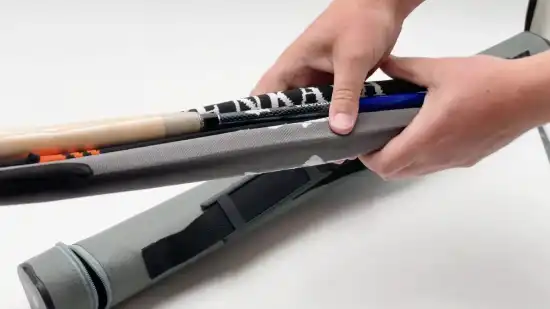
Let’s say you have friends or relatives who love fishing in California. You want to send fishing rods for a lower price there.
One strategy to minimize shipping costs when shipping multiple fishing rods is carefully bundling them together, ensuring adequate padding between them. This helps minimize the overall package size, avoiding any oversized package surcharges.
It’s also important to research different shipping carriers and compare their rates. Look for carriers offering discounts for bulk shipments or membership programs that save you money.
If you’re not in a rush, opt for standard shipping services instead of expedited options, as they tend to be more expensive.
Consider using PVC tubing or shipping cases that can securely hold multiple rods. These packaging alternatives can often be more cost-effective than shipping each rod individually.
Are there any weight limits or restrictions when shipping fishing rods?
There aren’t usually specific weight limits or restrictions for shipping fishing rods. However, you need to consider the total weight of the package, including packaging materials and accessories.
The fishing rod’s weight may not be a concern, but shipping carriers have package size and weight limits. These limits can vary depending on the carrier and shipping service you choose.
It’s crucial to check with your selected carrier to ensure your package complies with their guidelines. Doing so can avoid potential issues or additional fees related to oversized or overweight packages.
Securing Peace of Mind: Simplify Your Fishing Rod Shipping Process
When you need to ship your fishing rods and ensure they arrive safely at their destination, following these eight steps is your ticket to hassle-free shipping.
From gathering the right materials to securing the packaging and labeling it correctly, each step plays a crucial role in safeguarding your beloved fishing gear.
Consider your rod type and size to choose the most suitable packaging option. Additionally, exploring cost-saving strategies when shipping multiple rods can help you keep expenses in check.
With this comprehensive guide, you can focus on the joy of fishing rather than worrying about the logistics of shipping your rods.

